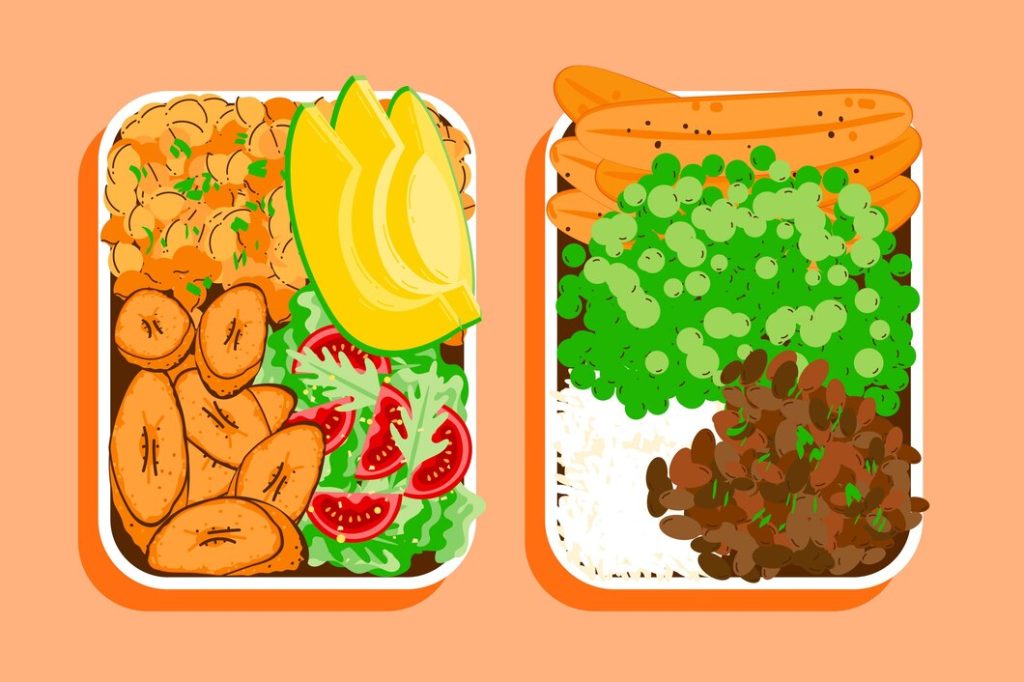Introduction
Cooking at home has never been more popular, and with the right techniques, anyone can become a master chef at home. Whether you’re tired of the same old meals or want to impress your family and friends, these surprising cooking tips will elevate your dishes to a whole new level. From mastering sous vide to using unexpected flavor enhancers, we’ll reveal the tricks that can take your home-cooked meals from ordinary to extraordinary.

1. Master the Art of Sous Vide for Perfect Precision Cooking
Sous vide, which means “under vacuum” in French, is a technique that professional chefs have been using for years. It involves cooking food in a vacuum-sealed bag placed in a water bath at a precise temperature. The result? Perfectly cooked meats, vegetables, and even desserts that are full of flavor and have ideal texture.
Why Sous Vide Works
- Consistent Results: Since sous vide cooking uses precise temperatures, your food is cooked evenly from edge to edge.
- Enhanced Flavor: Sealing ingredients in an airtight bag allows them to cook in their own juices, intensifying their natural flavors.
- Versatility: You can sous vide almost anything—steaks, chicken, fish, eggs, and even vegetables.
Pro Tip: If you’re new to sous vide, start with steak. Season it, vacuum-seal it, and cook it in a 130°F (54°C) water bath for 1-2 hours. Finish it with a quick sear for that perfect crust.
2. Embrace the Power of Acid for Flavor Balance
One of the secrets to professional-level cooking is mastering the balance of flavors. While salt and fat are commonly used, acid is often overlooked. Acidity from vinegar, citrus, or fermented foods can brighten dishes and bring balance to rich, savory flavors.
How to Use Acid Effectively
- Citrus: A squeeze of lemon or lime can elevate grilled meats, fish, or even a simple salad.
- Vinegars: Balsamic, red wine, or apple cider vinegar can add complexity to sauces, marinades, and dressings.
- Fermented Ingredients: Miso, kimchi, and yogurt provide both acid and umami, boosting the flavor profile of any dish.
Pro Tip: When a dish tastes flat, add a splash of acid rather than more salt. It’ll perk up the flavors without overpowering them.
3. Use High Heat for Restaurant-Style Searing
If you’ve ever wondered why steak at a restaurant tastes better than what you cook at home, the answer often lies in the sear. High heat is key to developing that delicious, caramelized crust that enhances flavor and texture.
How to Sear Like a Pro
- Preheat Your Pan: Make sure your pan is smoking hot before adding your meat. This prevents the food from sticking and ensures a deep, flavorful sear.
- Dry the Meat: Pat your meat dry with paper towels before searing to remove moisture. Moisture creates steam, which prevents proper browning.
- Don’t Overcrowd: Sear in batches if necessary. Overcrowding the pan lowers the heat, which leads to steaming rather than searing.
Pro Tip: For a perfect steak, use a cast-iron skillet. It retains heat better than other pans, ensuring an even sear.
4. The Magic of Infused Oils and Butters
Infused oils and butters are a simple yet effective way to pack extra flavor into your dishes. You can easily make them at home by infusing olive oil or butter with herbs, garlic, or spices.
Infusing Oils and Butters at Home
- Garlic Oil: Gently heat olive oil with smashed garlic cloves for a fragrant oil perfect for drizzling over pasta, pizza, or roasted vegetables.
- Herb Butter: Combine softened butter with fresh herbs like thyme, rosemary, or parsley. Spread it on bread, melt it over steak, or use it to baste chicken.
- Spice-Infused Oil: Add whole spices like cumin, coriander, or chili flakes to hot oil. Strain and use the oil to dress salads or finish cooked vegetables.
Pro Tip: Make a batch of garlic-infused oil and store it in the fridge. It’ll keep for up to two weeks and add a burst of flavor to your weeknight meals.
5. Experiment with Salt Beyond Seasoning
Salt is essential in cooking, but there’s more to it than just seasoning your food. Different types of salt can add unique textures and flavors to your dishes. Understanding how and when to use them is a game-changer.
Types of Salt and Their Uses
- Kosher Salt: Ideal for general cooking because of its clean flavor and ease of use when seasoning by hand.
- Flaky Sea Salt: Adds a delicate crunch and burst of saltiness when sprinkled over finished dishes like salads, grilled meats, or chocolate desserts.
- Smoked Salt: Brings a rich, smoky flavor to dishes without the need for a smoker. Try it on roasted vegetables or grilled meats.
Pro Tip: Season throughout the cooking process rather than just at the end. This helps build layers of flavor and prevents over-salting.
6. Learn to Cook in Layers for Depth of Flavor
Building flavor in layers is one of the hallmarks of professional cooking. Instead of adding all your ingredients at once, start with foundational flavors and build complexity as you cook.
Steps to Building Flavor
- Aromatics First: Sauté onions, garlic, and herbs at the beginning to form a flavor base.
- Deglaze the Pan: After searing meat or vegetables, add a splash of wine, broth, or vinegar to lift the flavorful browned bits from the bottom of the pan.
- Finish with Freshness: Brighten up rich or heavy dishes by finishing with fresh herbs, a squeeze of lemon juice, or a drizzle of good olive oil.
Pro Tip: Don’t rush the cooking process. Allow each layer of flavor to develop fully before adding the next ingredient.
7. Use Low Heat for Perfectly Tender Meat
While high heat has its place in cooking, knowing when to use low heat is equally important, especially for slow-cooking tougher cuts of meat. Low heat helps break down connective tissues, resulting in tender, juicy meat.
Techniques for Low-Heat Cooking
- Braising: Cook meat slowly in a covered pot with liquid (like broth or wine). It’s perfect for tougher cuts like short ribs, brisket, or lamb shanks.
- Slow Roasting: For poultry or pork, slow roasting at a low temperature ensures even cooking and prevents drying out.
- Confit: Cooking meat in its own fat (like duck confit) at a low temperature results in incredibly tender and flavorful dishes.
Pro Tip: Use a meat thermometer to monitor doneness and ensure your slow-cooked dishes are tender without overcooking.
Conclusion
Elevating your meals doesn’t require fancy equipment or years of culinary training. With these 7 surprising cooking techniques, you can become a master chef at home and impress even the toughest food critics. By mastering simple methods like sous vide, acid balancing, and layered cooking, you’ll take your home-cooked meals to the next level. Whether you’re preparing a family dinner or hosting a special event, these tips will help you cook like a pro.
References
- Bon Appétit (2023). The Secrets to Perfect Sous Vide Cooking. Available at: https://www.bonappetit.com.
- Serious Eats (2023). Mastering the Art of Searing. Available at: https://www.seriouseats.com.
- Food & Wine (2023). The Importance of Acid in Cooking. Available at: https://www.foodandwine.com.









